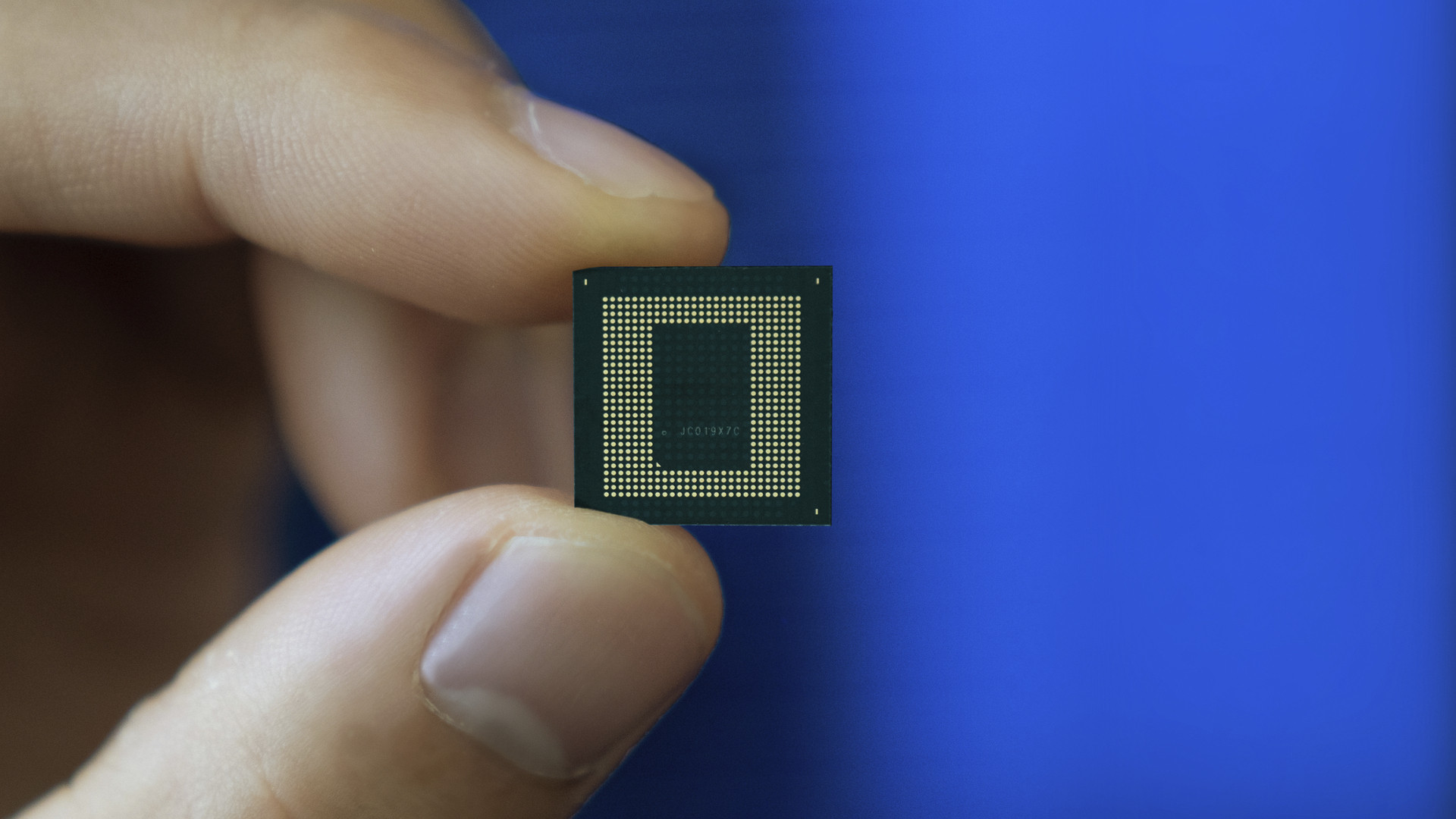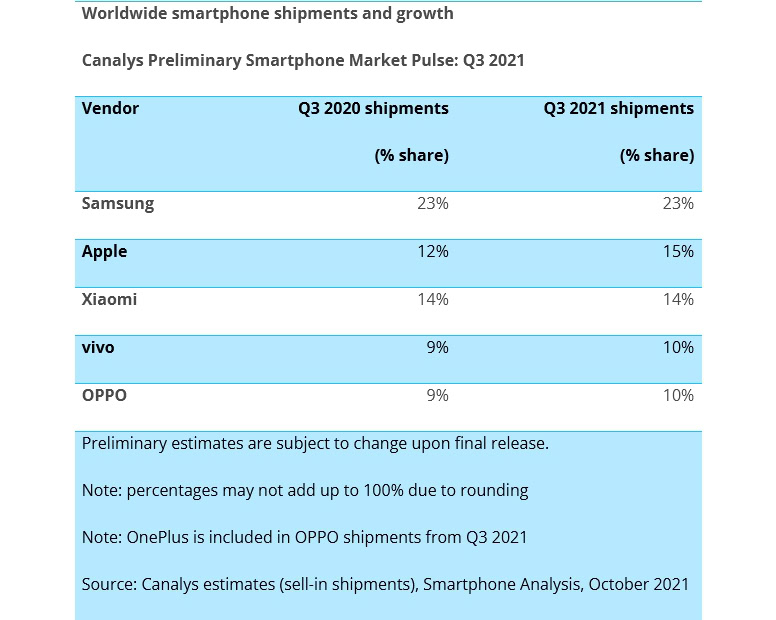Affiliate links on Android Authority may earn us a commission. Learn more.
Apple is the big winner in Q3 2021 as the 'chipset famine' arrives
October 15, 2021

- Global smartphone shipments have plunged by 6% year-over-year, according to a new report.
- Per data from Canalys, this is the result of the global chipset shortage.
- Amid the chaos, Apple regained its place as the second biggest OEM thanks to strong iPhone 13 sales.
Smartphone makers are struggling to meet demand for their new devices this year. However, a new report from research firm Canalys gives us a better idea of how bad the situation is.
According to the firm’s latest report, global smartphone shipments dropped by 6% in Q3 2021 compared to Q3 2020. Notably, this comes after the market saw a 27% year-over-year increase in the first quarter of 2o21 and an 11% improvement in Q2.
The big loser in Q3 2021 was Xiaomi. While the Chinese company’s market share remained consistent at 14%, Apple experienced a big shipment bump. Buoyed by strong iPhone 13 sales and a seemingly resilient supply chain, the company regained second place in the rankings, jumping from 12% to 15% over this period. Interestingly, this result comes despite rumors of a substantial iPhone 13 production target cut.
Samsung remained the largest smartphone maker in the quarter, with a 23% share of the market. While the two BBK brands, Vivo and Oppo, claimed a combined 20% of the pie.
Notably, Canalys isn’t the only firm that recorded waning shipments. Counterpoint recently dropped its H2 2021 shipments growth forecast from 9% to just 6% citing the chipset dearth.
What does this mean?
It might be a challenging task to find a new smartphone heading into the end of the year. Notably, Counterpoint suggests that some OEMs are receiving less than three-quarters of their orders. Companies receiving fewer chipsets and other components might be forced to limit availability to specific regions.
So when will the shortage end? According to Canalys, it won’t be for quite some time. The research firm only expects the shortage to abate “until well into 2022,” suggesting that next year’s release roster may likely be affected.
